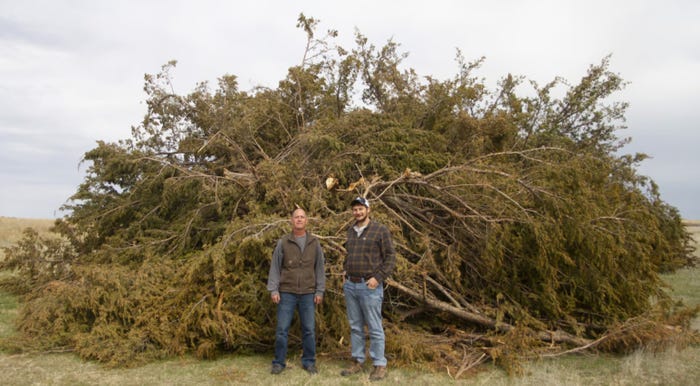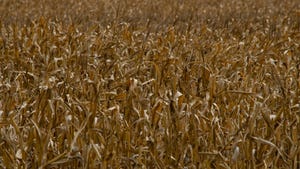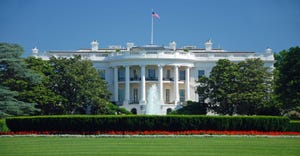Farm Business Management
More Topics
thumbnail
Policy
USDA urged to restore NASS surveysUSDA urged to restore NASS surveys
Letter sent to US Secretary of Agriculture calling for the reversal of USDA’s decision to cancel or discontinue several National Agricultural Statistics Service reports.
Subscribe to Our Newsletters
BEEF Magazine is the source for beef production, management and market news.

.png?width=700&auto=webp&quality=80&disable=upscale)


.png?width=700&auto=webp&quality=80&disable=upscale)




.png?width=300&auto=webp&quality=80&disable=upscale)


.png?width=300&auto=webp&quality=80&disable=upscale)




.png?width=300&auto=webp&quality=80&disable=upscale)















.jpg?width=300&auto=webp&quality=80&disable=upscale)





